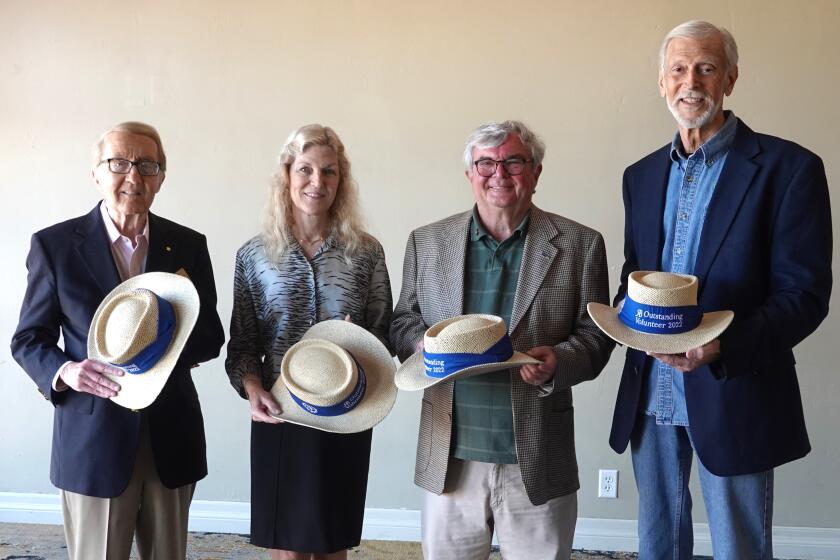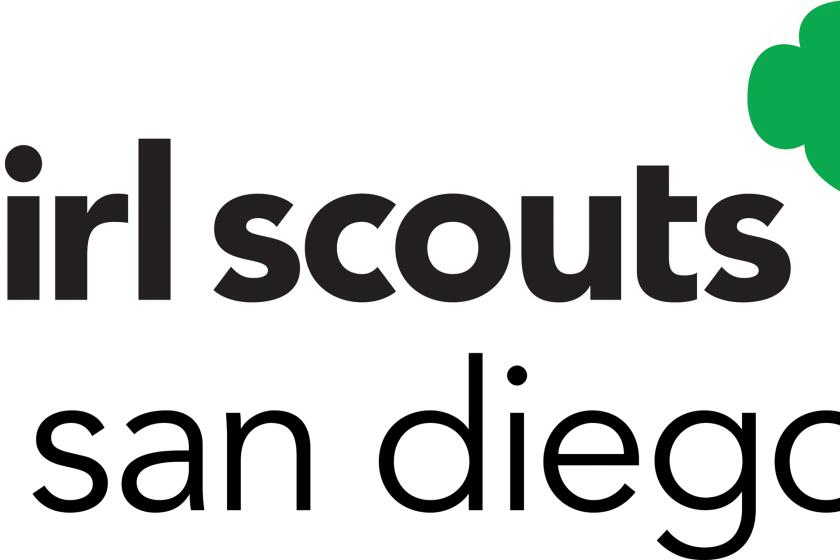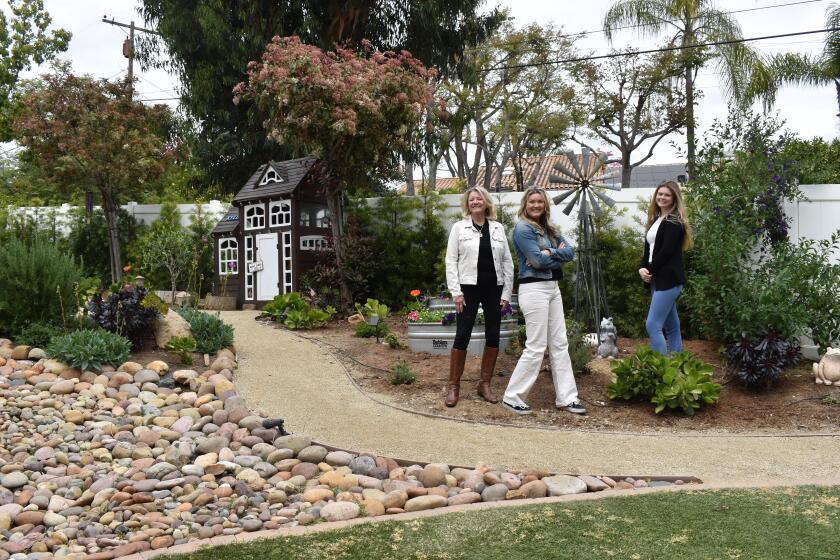Fixing City of San Diego infrastructure to cost $3.9 billion
A road map has been laid out by city officials to address San Diego’s infrastructure needs, estimated costs and potential funding. It shows a $1.7 billion shortfall to complete everything.
This is the first time San Diego has compiled a multi-year Capital Planning Report, which provides a comprehensive assessment of the city’s infrastructure needs.
It was released on Jan. 20 and immediately afterwards City Councilman Mark Kersey announced his commitment to a 2016 infrastructure ballot initiative for voters so they can weigh in on a yet-to-be-announced plan to tackle the almost $3.9 billion in needs. Of these, it appears almost $2.2 billion has funding, but there is a $1.7 billion shortfall.
“(The) report is a critical milestone in our city’s efforts to rebuild San Diego,” Kersey said, who has been the City Council’s Infrastructure Committee chairman since late 2012 and represents Rancho Bernardo. “With this multi-year report in hand, we can now begin the discussion about how to move forward with financing neighborhood repairs and improvements.
“We need to look at every option — and others that may not have been examined — so we can find the best solution to finally tackle our infrastructure backlog,” he said.
“It is time to rebuild our city,” said Mayor Kevin Faulconer. “San Diego’s success depends on our ability to support neighborhoods with reliable infrastructure. This long-range planning document gives us a comprehensive understanding of the city’s infrastructure needs like never before and a path forward to address critical neighborhood projects throughout the city.”
“Infrastructure is the number one issue facing San Diego,” Kersey said. “Our residents want and deserve pothole-free streets, safe sidewalks and reasonable response time from our first responders. This new report is the most comprehensive analysis of the challenges we face.”
The 50-page report broadly explains needs by department categories. While it does not detail needs per neighborhood, officials said residents were consulted in its formulation, both through their planning groups and town hall meetings.
According to an Infrastructure Workshop Survey conducted in 2013, out of 20 city asset types, the top 10 per identified by community members and listed by priority are streets and roads, water infrastructure, wastewater infrastructure, sidewalks, fire stations, stormwater infrastructure, streetlights, police stations, parks and recreation centers, and bridges.
The report lists 19 infrastructure categories for fiscal years 2016 through 2020 and their estimated costs to complete, according to assessments and the respective departments. The categories, from highest to lowest cost are: water ($967.4 million), storm water ($777.2 million), wastewater ($513.8 million), streets and roads - pavement ($415.5 million), streetlights ($229 million), parks ($201.3 million), facilities ($180.3 million), streets and roads - modifications ($165.8 million), bridges ($126.8 million), fire stations ($68.9 million), traffic signals ($63.5 million), libraries ($42.7 million), sidewalks ($41.3 million), Americans with Disabilities Act accessibility ($38.7 million), airports ($12 million), police stations ($11 million), lifeguard stations ($10.7 million), bike paths ($5.2 million) and landfills ($1.8 million).
A few examples of what departments identified as their needs, include:
• Streets infrastructure — includes 2,659 centerline miles of asphalt streets, 115 centerline miles of concrete streets, approximately 5,000 miles of sidewalks and approximately 50,000 lights. The long-term goal is to reach an estimated Overall Condition Index of 70 for streets, which equates to “good.” The last assessment was conducted in 2011, with an OCI score of 54, which is “fair.” Another assessment is underway, set to be completed this year.
• Fire-Rescue — the department is committed to replacing and rehabilitating its facilities that serve 1.3 million people within a 343-square-mile area.
• Streetlights infrastructure — the long-term goal is to replace streetlight poles every 50 years, installing 1,777 streetlights by the end of fiscal year 2020 and up to 3,877 streetlights by the end of fiscal year 2026.
“This report is the first step in what will be an ongoing and transparent conversation with San Diegans regarding infrastructure investment, service level standards and funding priorities,” Faulconer wrote in his letter to San Diegans that accompanies the report. “This document will be regularly updated and refined as the city gathers more data and input from the public.
“In late 2012 the city implemented streamlining measures to improve the capital program, yet there is much more work to be done. Beginning in March 2015, I will propose a number of recommendations to the Infrastructure Committee to make the program faster and more efficient.”
He added, “San Diego’s infrastructure backlog was created as a result of poor planning and underinvestment over multiple decades. Only by reforming the city’s infrastructure program can we being to reverse this trend and maximize the city’s resource for the greatest benefit to our communities.”
To view the City of San Diego Fiscal Year 2016-2020 Consolidated Multi-Year Capital Planning Report, go to https://tinyurl.com/SanDiego2016-20report.





